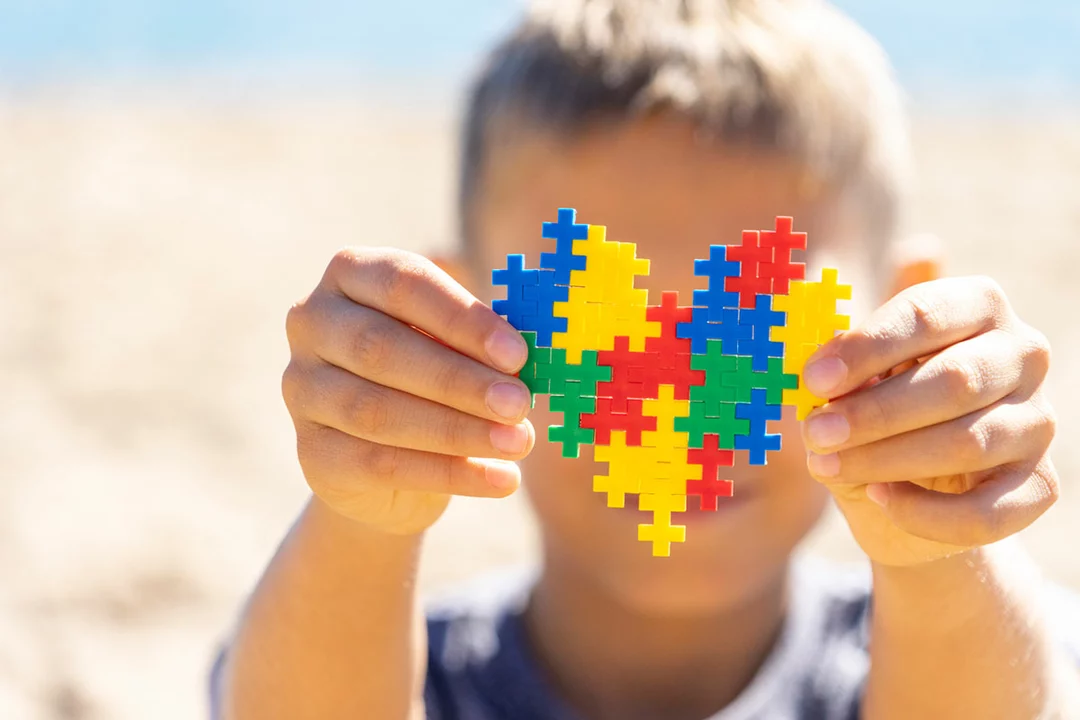Autism, or autism spectrum disorder (ASD), shows up differently in every person. Some kids avoid eye contact and repeat certain movements. Others are great with facts but struggle with social cues. Knowing the common signs and simple next steps can make a big difference.
Early signs often appear before age 3. Watch for delayed speech, limited back-and-forth play, repetitive behaviors (like flapping or lining up toys), intense focus on routines, or strong sensory reactions to sounds, textures, or lights. If you notice several of these, ask your pediatrician for a screening. Pediatricians use checklists and may refer you to a developmental pediatrician, psychologist, or a multidisciplinary team for a formal evaluation.
A formal diagnosis usually involves observing social communication, testing language and cognitive skills, and getting input from parents, teachers, or caregivers. Diagnosis can happen at any age. Getting evaluated earlier helps access therapies sooner, but many people are diagnosed later in childhood or adulthood too.
There’s no one-size-fits-all cure for autism. Treatments focus on improving communication, behavior, and daily living skills. Common approaches include behavioral therapies like ABA (applied behavior analysis), speech therapy to build language, occupational therapy for sensory and motor skills, and social skills groups. These therapies aim to give practical tools rather than change who the person is.
Medications don’t fix the core features of autism, but they can help with co-occurring issues. For example, doctors sometimes prescribe medication to manage severe irritability, aggressive behavior, anxiety, or ADHD symptoms. Talk openly with a clinician about risks and benefits; every medication choice should be individual and monitored closely.
At home and school, routines help. Visual schedules, short clear instructions, and calm spaces for sensory overload reduce stress. Use simple rewards for learning small steps. In school, ask about an Individualized Education Program (IEP) or 504 plan to get needed support. Practical tools—like noise-cancelling headphones, fidget toys, or picture cards—often help right away.
Think long term: transition planning matters. As kids become teens and adults, focus shifts to life skills, job training, and independent living supports. Connect early with local disability services, vocational programs, and community groups to build a network before you need it.
Parents and caregivers need support too. Look for local parent groups, online forums, or short courses that teach behavior strategies and self-care. Respite care and counseling can prevent burnout and keep the whole family functioning better.
If you suspect autism, start with a trusted doctor and ask for a developmental evaluation. Small steps—screening, targeted therapy, simple routines, and the right community supports—add up. You don’t have to navigate this alone.

As a blogger, I've been exploring the importance of creating inclusive community spaces, specifically focusing on autism and sensory-friendly events. I've discovered that these events provide a comfortable environment for individuals on the autism spectrum, reducing sensory overload and fostering social interaction. Additionally, such events promote understanding and acceptance within the community, bridging the gap between those with and without autism. By making small adjustments like reducing noise levels and providing calming spaces, we can make a significant impact on the lives of autistic individuals. Ultimately, embracing sensory-friendly events helps to create a more inclusive and supportive environment for everyone.
View more